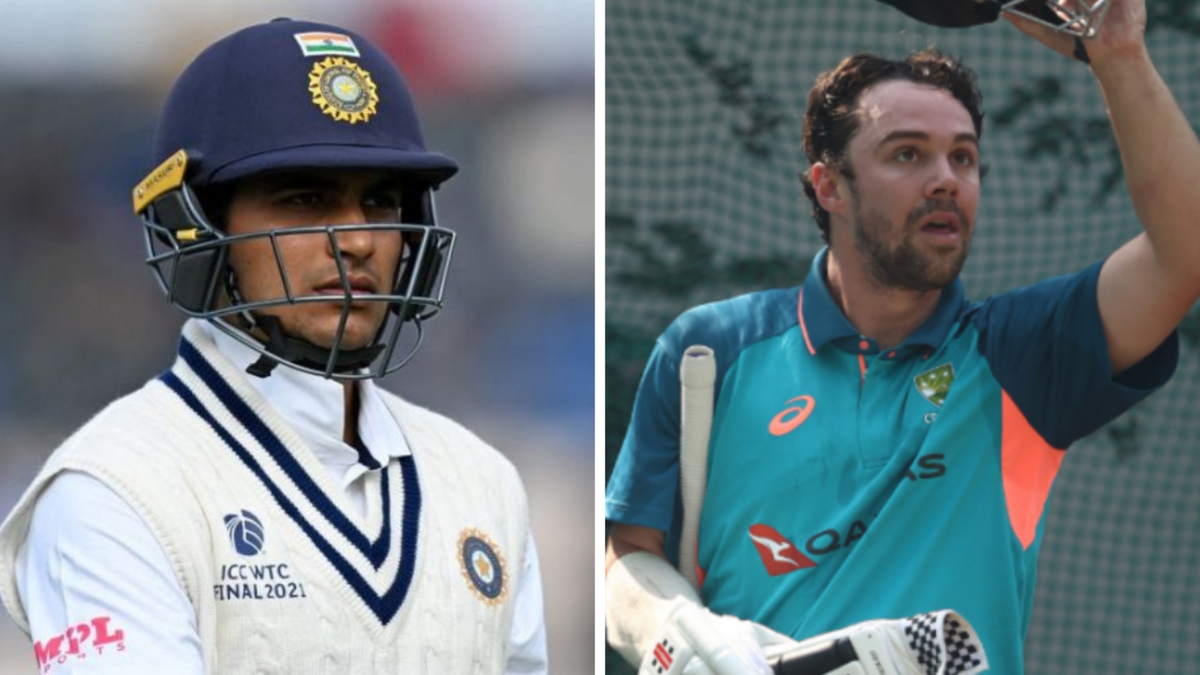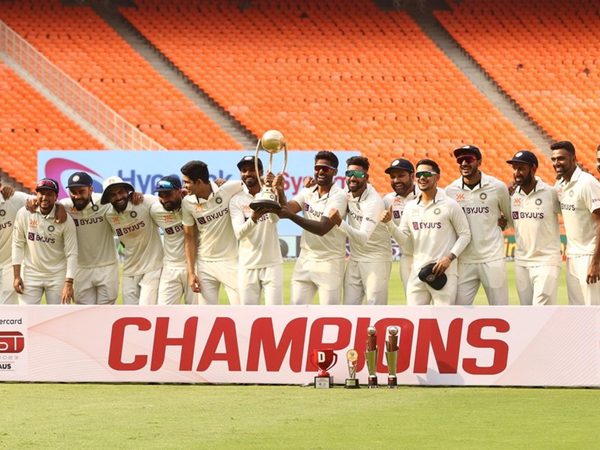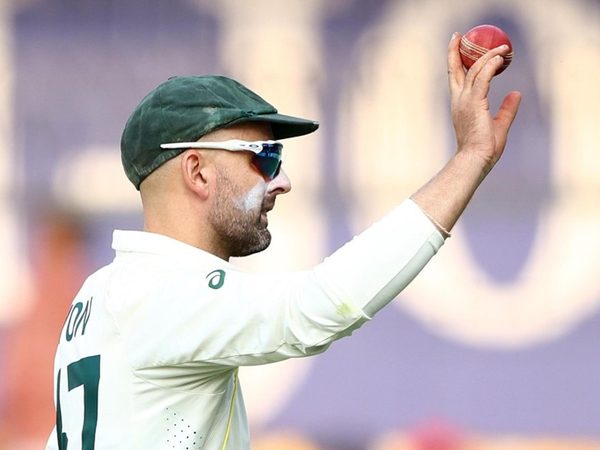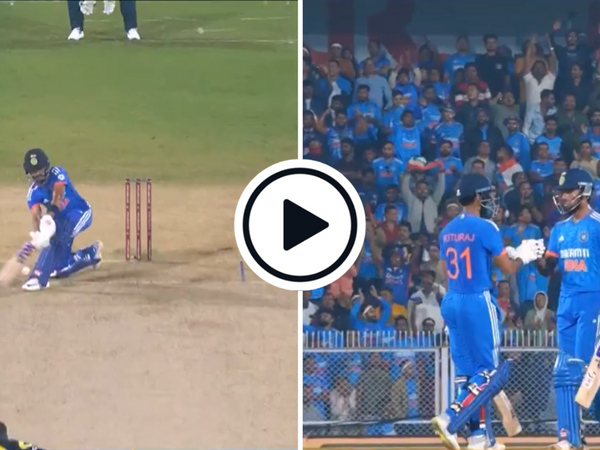
Australia left out Travis Head and India, Shubman Gill, for the Nagpur Test match. However, one omission is less easy to explain than the other, writes Abhishek Mukherjee.
A few eyebrows were raised after captains Rohit Sharma and Pat Cummins announced the teams at the toss. Shubman Gill and Travis Head, two men in great form, were left out of their respective XIs.
With the usual No.5 Shreyas Iyer being ruled out, India were left in a curious conundrum. While captain Rohit Sharma, Cheteshwar Pujara, and Virat Kohli were slated to play – in that order – as an opener and Nos. 3 and 4, there were three candidates lined up for the other two spots.
Vice-captain KL Rahul and Gill, both specialist openers, had specific points in and against favour of them. Rahul had an excellent 2021 (461 runs at 46.10), and he scored Test hundreds in both England and South Africa. That dropped to 137 runs at 17.12 in 2022. On the other hand, his 885 runs on home soil have come at 44.25. In his only series against Australia at home, in 2016/17, he made six fifties in seven innings. He also captained India in their most recent Test.
Gill had made 289 runs at 51.80 on his debut series in Australia, but from six Test matches on home soil, he has made 263 runs at 26.30. However, he has blazed away to an absurd start in 2023, amassing 450 runs in ODIs (average 112.50, strike rate 112) and 202 in T20Is (40.40 and 166).
While both could not have been accommodated as openers, one could have dropped to No.5. In their last Test match against Australia, in Brisbane in 2020/21, India had used opener Mayank Agarwal in that specific role – albeit in an emergency.
Suryakumar Yadav is yet to play a Test match. His averages under 45 in first-class cricket, lower than Gill’s 52.80. It will not be premature to hail Yadav as a T2oI legend already, but his ODI numbers – 433 runs at 28.86 – have not been great.
While many cricketers have succeeded in two formats while failing at the third, ODIs have seldom been the ‘failure format’. India presumably picked Yadav based on his T20I numbers.
In other words, they backed Yadav to be successful across formats but not Gill. But then, Gill would have batted out of position, so perhaps one can see the logic.
The decision to omit Head is more baffling. Since the lockdown, Head averages 49.28 and strikes at 79, outdoing even Rishabh Pant in both departments.
One may argue that Head has rarely done well away in Asia. Indeed, he has never played in India, and 213 runs at 21.30 makes sorry reading. However, they are barely inferior to the numbers in India for Matt Renshaw (29 in India before the series) and Peter Handscomb (28.28).
Handscomb has also not played a Test match since 2018/19. Renshaw was drafted into the XI in the ‘dead-rubber’ Sydney Test match against South Africa last month with Cameron Green injured, but he faced 11 eventless balls. His last Test before the tour had come a season before Handscomb’s last match. In the interim period, Head has been plundering runs, though mostly at home.
Even if it is assumed that they were equal as batters, Head’s ability to score quickly should have got him the nod. He would have been the ideal candidate to be promoted up the order before the ball got old and the pitch deteriorated. It might still have backfired, but it was still worth a try.
All that is without Head’s bowling abilities. The Australian four-bowler attack consists of Todd Murphy, a debutant, and Scott Boland, who has never played an overseas Test match.
Head took four wickets in 13 balls in Galle last year, but that was almost certainly a one-off. Head might not have taken a single wicket in the series.
But he might have, too. From Sourav Ganguly (Calcutta 1997/98) to Sachin Tendulkar (Calcutta 2000/01, Adelaide 2003/04) to Michael Clarke (Mumbai 2004/05, Sydney 2007/08) – there are several examples of part-timers stepping up in the history of the Border-Gavaskar Trophy alone – and that is just one rivalry. One spell has often turned a course of a Test match.
The Australian team management was criticised – and one can see why.








